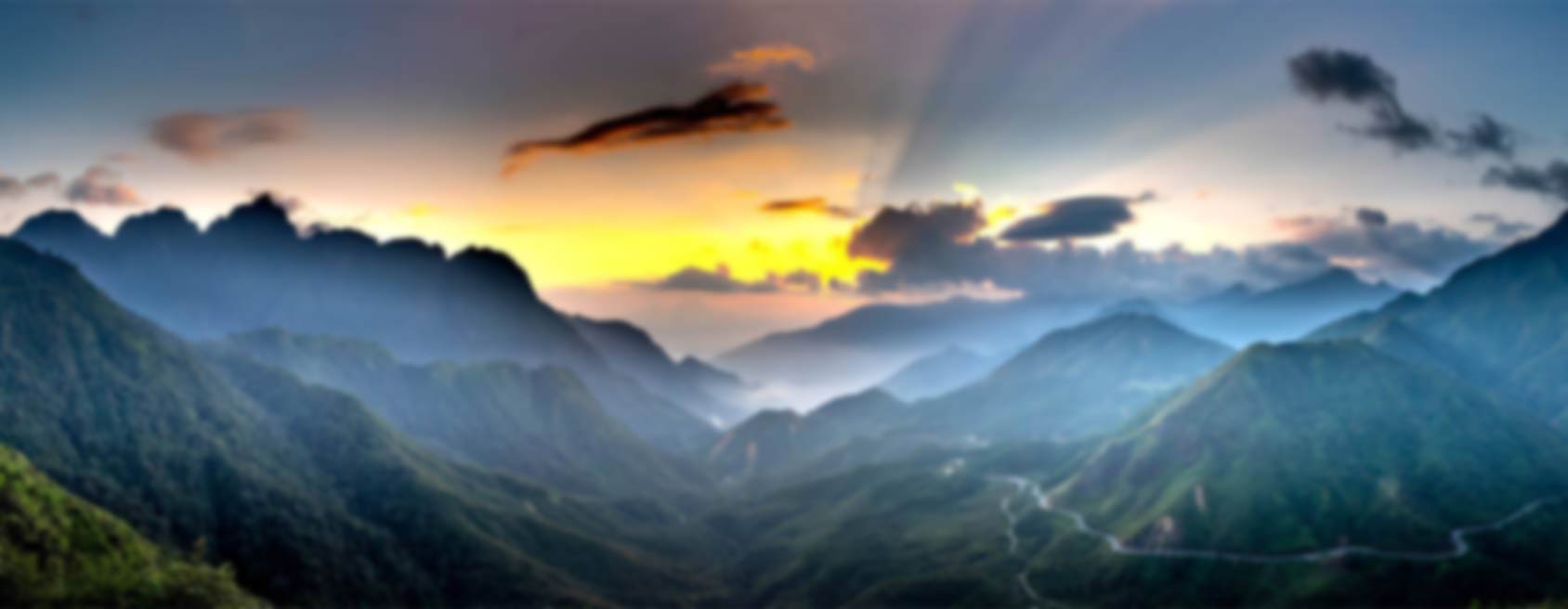
Golestan Palace
In a previous post, I have written about UNESCO and its list of World Heritages. We have also discussed which heritages are in Iran. Now, I want to talk about one of these Heritages aka Golestan Palace which has been registered in 2013. This magnificent palace is in Tehran and in 15 Khordad Street. If you are planning to travel to Iran, visit Iran tour packages to find the best Iran cycling tour .
The Golestan Palace’s Past
How exactly did it begin?
We have to go back around 500 years, when the Safavid ruled Iran. The Safavids considered themselves the descendants of a holy man by the name of Hamzeh, something like a saint, and that man was buried in Tehran. So, they came to Tehran a lot as pilgrims wanting to visit his shrine. Naturally, as royalties, they needed proper residence and security. That is why they ordered the construction of a fortification around the city as well as some royal palaces. These royal palaces were in the place that today we have the Golestan Palace. That’s why we can say that the history of the palace goes back to the Safavid Era.
Besides, since Tehran was close to Qazvin, which was the country’s capital then, strengthening it was only natural. This is the beginning of Tehran gaining importance. Up to this point, Tehran was merely a village with nice weather. However, slowly and with more kings coming to this city, it became more and more important. That brings us to the 18th century, when the major changes begin.
Back to the 18th Century
In the 18th century, when Karim Khan ruled Iran (1751 – 1779), a Divan Khaneh (Throne Palace) was added to the Safavid residence. In that time, the residence and the ruling section or the throne palace were the only notable buildings in Tehran as the travelers describe. Together with the surrounding garden, they covered a quarter of the city with an area of 600 yards from east to west and 1200 yards from north to south. Up to this time, the palace is not known as Golestan Palace and is just the ruling palace of Tehran.
Later in the century, when Qajars (1789 – 1925) became the rulers of Iran, Tehran turned into the capital of the country. With that, it gain even more importance. In the almost 140 years that they ruled the country, the fortification was destroyed several times to expand the city and new fortifications were built in its place. In a time, the fortification had 114 towers following the 114 sections of Quran, the holly book of Islam. Naturally, Golestan Palace as the residence and the throne of the king expanded with the city as well.
Aqa Mohammad Khan (1789 – 1797), the initiator and first ruler of Qajar held his coronation in Tehran and in Golestan Palace and his descendants followed the tradition. It is in this dynasty that the palace becomes Golestan Palace meaning the palace of flowers. After Aqa Mohammad Khan, and with an increase of tendency to lavishness in court, new palaces and construct were added and slowly it became one of the most magnificent palaces of Iran.
As time passed, the palace undergone many changes. What we have today is not how the palace was in Qajar time especially with the changes that Pahlavi kings (1925 – 1979) made. Mostly, in changing the function of the palace, adding new building with different architecture and the decoration inside.
Golestan Palace Today
In Pahlavi era, the Palace lost its importance as a ruling section. Besides, with the construction of other palaces in Tehran it was no longer a place of residence for the king and his family. Because of that, many financial and judicial buildings replaced the older constructs. And finally, it was turned into a museum. Today different halls of the palace includes:
- Marble Throne
- Karim Khani Nook
- Museum of Paintings
- Museum of Gifts
- Main Palace
- Salam Hall
- Mirror Hall
- Ivory Hall
- Containers Hall
- Brilliant Hall
- Pondhouse Museum
- Edifice of the Sun
- Photographic Archive Museum
- Wind-catchers Building
- Diamond Hall
- Abyaz Hall or the Museum of Anthropology
Planning to Visit?
If you want to visit this magnificent palace, here is some information that you will find useful including the address, opening hours, on which days the complex is closed, what is the price
Address:
It is in the 15 Khordad street. If you are a solo traveler or a backpacker, you can easily get there by Iran’s subway line 1, 15 Khordad station.
Opening hours:
In spring and summer, the palace is open from 9:30 to 18:30 and in fall and winter, it is open from 9:00 to 18:30.
Price:
The ticket price is different for each hall and museum, the prices mentioned are valid up to 2020 summer, and you should check the price for other times.
The entrance is 500.000 Rials; the halls vary from 300.000 to 500.000 Rials. There is also the main part of the palace that is 1.100.000 Rials. It includes halls of Salam, Mirror, Brilliant, Ivory and Container, as well as the museums of gifts and paintings.
Closed Days:
There are some religious occasions where the complex is closed. Those that are based on a lunar calendar cannot be turned and I will write them as they are.
| Date | Occasion |
| Farvardin 13th (April 1st) | The Nature Day |
| Khordad 14th (June 3rd) | The Death of Imam Khomeini |
| Ramazan 21st | The Death of Imam Ali |
| Moharam 9th | The Death of Imam Hossein |
| Moharam 10th | The Death of Imam Hossein |
| Safar 20th | The Death of Imam Hossein |
| Safar 28th | The Death of Prophet of Islam |
| Shaval 25th | The Death of Jafar Sadeq |






